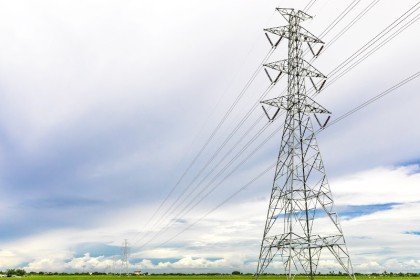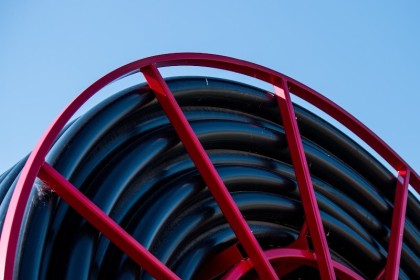
Opinion Piece: Sisi Safety Wear Providing Safety Solutions for Women In Industry
Over the years, women have been making up a greater proportion of the workforce, and this includes sectors that have typically been male-dominated such as mining, manufacturing and construction. This increase in women workers in more physical industries shines a spotlight on the need for female-specific safety gear.
The typical approach of providing ‘unisex’ Personal Protective Equipment (PPE) does not adequately serve most women, who are often left feeling uncomfortable in their safety wear. The reason for this is that “unisex” safety footwear for example, offered by many brands, is predominantly a male mould modified with cosmetic touches to be passed off as a female offering.
When it comes to footwear, women generally have a narrower foot shape to men and will cause her foot to oscillate in the shoe. A shoe that does not fit may negatively impact the wearer’s productivity in the short-term and lead to injuries in the long-term due to the strain applied on their ankles, knees and subsequently on the hips.
Furthermore, the potential of slipping out of the boot is a daily risk, counteracting the sole purpose of wearing safety footwear.
With the assistance of a highly recommended podiatrist and to assist Sisi Safety Wear in its research, we have delved into the technical aspects of what differentiates women to men. A woman has a wider pelvis, with bones in the hip and groin spaced out to facilitate the birth process.
The first effect that this has on the way a person walks is that the angles between the hip and the bones of the legs are different. Known as the Q-angle, this angle is much narrower in men compared to women. It represents the pull of the quadriceps muscle.
The normal Q angle for men is 8 - 12 degrees, while normal Q angle for women is 14-19 degrees.
INCREASED Q-ANGLE IN WOMEN
Because of the Q-angle, the pull of the quadriceps muscle is different in women and this affects the knee in sudden stopping, incorrect landing, changing direction rapidly or any direct contact.
Women’s work shoes need to protect gluteal and hamstring strength to prevent greater medial rotation of the knee. There is a different heel to forefoot ratio, with women having a narrower heel proportionately than men. A narrower heel in a ladies’ shoe will prevent heel slippage experienced when wearing a shoe made for a man.
At comparable foot lengths, women have larger calf and ankle circumferences, a higher point of maximum calf circumference and lower ankle and medial malleolus heights.
Aside from the safety and economic aspects of ill-fitting safety wear, women’s dignity is also negatively impacted, especially where their daily workwear is concerned.
Women have a larger bust area, narrower waist and wider hip to men. Simply purchasing larger workwear for women to accommodate the difference in anatomy, means that her clothing will be too large and she will continuously need to adjust her clothing.
This is especially concerning given the fact that there are locally produced, women-specific options available. Sisi Safety Wear has invested in research to understanding the specific needs of women in safety within the different sectors.
We have provided a solution to meet various requirements within safety footwear, workwear or fall arrests systems. Further to this, Sisi has been advocating to educate women of the risks associated with wearing the incorrect footwear.
We have partnered and participated in some high-level events such as the Women in Mining that was held in February 2021 and the International Labour Organisation digital event in July 2021.
Women have also been subjected to limited offerings in specialised female safety footwear. “This is why Sisi Safety Wear is pleased to launch the Basi boot, the first locally produced metaguard boot designed for women to protect the female’s foot, more especially the metatarsal bones, from falling objects and rocks.” says Predahni Naidoo, Brand Manager of Sisi Safety Wear.
“We have realised that with the growing number of women entering the mining sector it was important to develop an offering that can be used not just in mining but in other sectors where there is a possibility of falling objects.” she continues.
The Basi Metaguard dual density boot offers an SRC slip resistance rating, anti-static properties and steel toe cap that is SANS/ISO 20345 certified. Sisi Safety Wear is invested in providing solutions for women entering more hazardous applications with durable and reliable offerings.
Women deserve both safety and comfort in the workplace, and with locally manufactured, women-specific safety wear ranges readily available, there is little excuse for organisations not catering to the needs of their female workforce.
For other agricultural products and services, click here.












